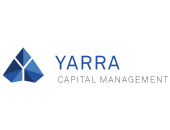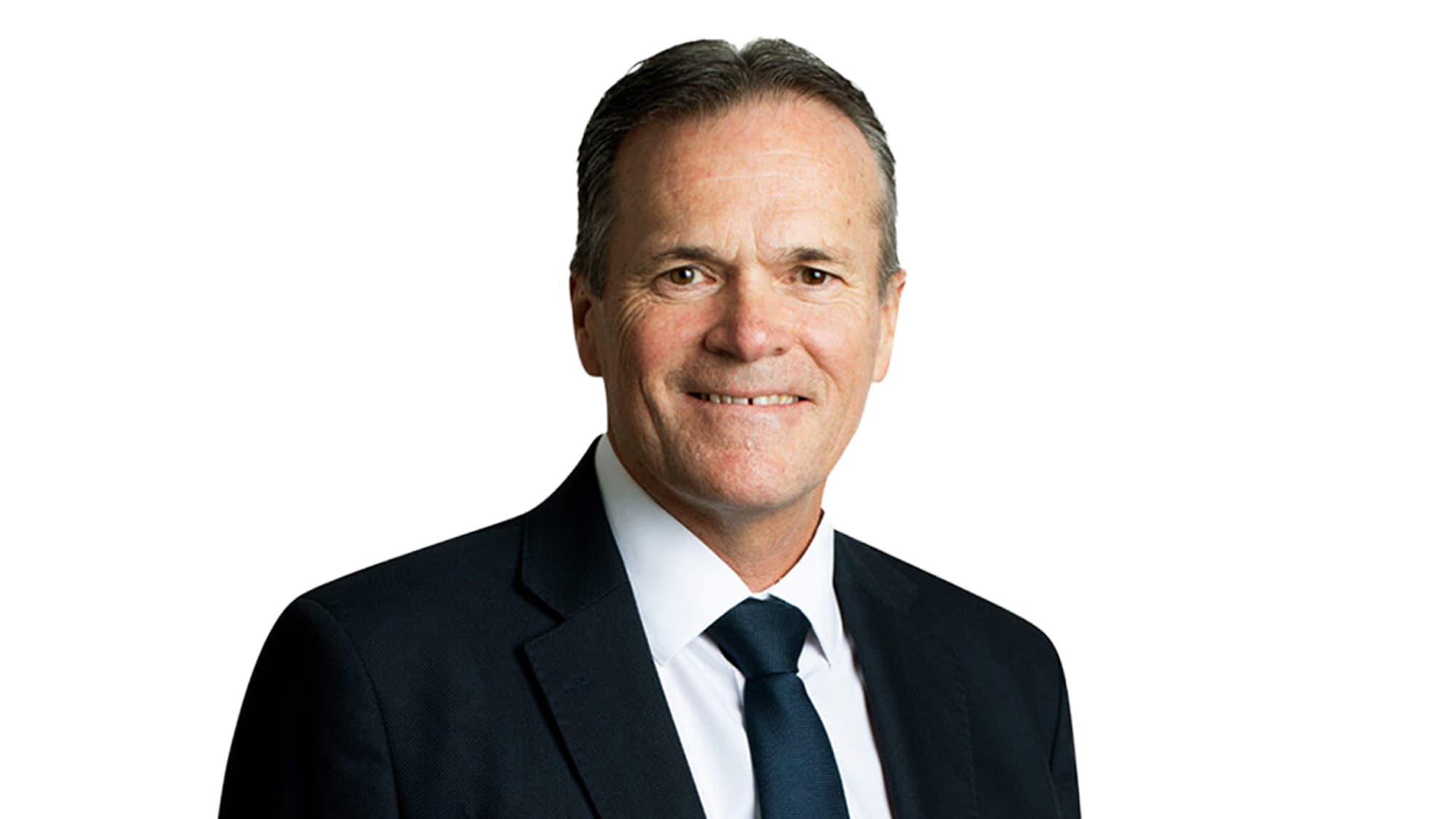Capturing income in a ‘higher for longer’ environment



In a “higher for longer” interest rate environment, it’s important to find quality income while avoiding adding risk. Here’s how to do it.
Predicting the direction of interest rates has been a preoccupation of many in recent years.
The US Fed cut rates by 50 basis points in September, and even though the Reserve Bank of Australia decided to hold rates at its September meeting, many analysts still expect a cut by early 2025.
However, investors still need to interpret these moves with caution.
“We’ve been anticipating for a while that central banks would start cutting rates in the fourth quarter of this year,” says Roy Keenan, co-head of fixed income at Yarra Capital Management.
“Even so, we’re not talking about cutting rates as low as they were before this rate-rising cycle started. We’re still going to be investing in an environment where we are higher for longer.”
A lower risk income solution
The question for advisers is how to secure reliable, consistent income in the higher for longer environment while managing risk, especially for retirees. This is where investment grade credit can really add value to a portfolio.
“People are very focused on income, but also want to protect capital and not put it at risk – particularly if you’re a retiree,” Keenan says.
His opinion is that investment grade credit offers good-quality income that is unlikely to default. In fact, he says they are achieving a running yield of approximately 6 per cent in their Enhanced Income Fund at the moment – as a result of both higher rates and attractive spreads.
“Credit spreads are pretty much at their long-term averages. So when you combine that with higher base rates, it is attractive from an income perspective,” says Keenan.
In particular, investment grade credit is better positioned for a higher for longer environment, as the underlying companies tend to have more manageable debt levels, greater flexibility in managing their cost base, but also have stronger pricing power in their products.
“They are positioned to navigate through the cycle a lot better,” Keenan says.
“It ultimately comes back to risk versus reward, and at the moment high yield credit is not offering enough above investment grade to justify the additional risk.”
Understanding the opportunity
While investment grade credit is well-suited for a higher for longer environment, investors and advisers must be aware of the nuances within the asset class.
Keenan stresses that in the current market, active versus passive management makes a big difference.
“Over the last two years, managers with flexibility in their mandates and who are not restricted by benchmarks have outperformed. That’s because the ability to add alpha right now is better than I’ve ever seen it,” he says.
“If you’re taking active bets, whether that be in interest rate duration or in investment selection, you’re likely to generate alpha.”
Therefore, when selecting a fund, Keenan advises looking for one with the flexibility to not only assess individual credit securities and how risky they are, but to navigate other factors like duration risk.
Over the past 12 months, for example, Keenan and his team have anticipated future interest rate cuts and locked in investments at higher rates for a longer duration – which is paying off now that the market is factoring in rate cuts.
Volatility and liquidity are other important considerations for investors and advisers.
“With some funds, the securities are highly visible and liquid on a daily basis. In contrast, other fixed income assets, like private credit, are less liquid but are less volatile because they are not marked-to-market the same way publicly traded securities are,” Keenan says.
“However, it’s important to note that while private credit might seem less volatile on the surface due to less frequent pricing, the underlying risk may still be present, particularly in times of financial stress. It’s important to understand the differences.”
Finally, Keenan underscores the importance of assessing risk versus income. Advisers should also be wary of opportunities that look too good to be true, especially those offering unusually high yields in fixed income investments.
“If you are being offered 14 per cent, ask yourself why. There’s always a reason, and it comes down to risk. Advisers will face the challenge of navigating the next period by focusing on stable parts of the market while managing risks.”
However, if they can find these parts of the market, they will find reliable sources of income for their clients to help them ride out the higher for longer environment.

Yarra Capital Management is a leading independent, active Australian fund manager with a strong local market heritage. ...
Recommended for you
Cryptocurrency liquidity has become a cornerstone of sophisticated wealth management strategies, with real-time settleme...
Recent turbulence in global equity markets should serve as a sharp reminder for investors that volatility doesn’t send a calendar invite.
In a world where influence transcends borders, Bancara offers access, authority, and lifestyle integration for a new generation of global investors.
Starting out as a sole trader typically invites a heady mix of freedom and fear. You’ve chosen to back yourself, build u...














